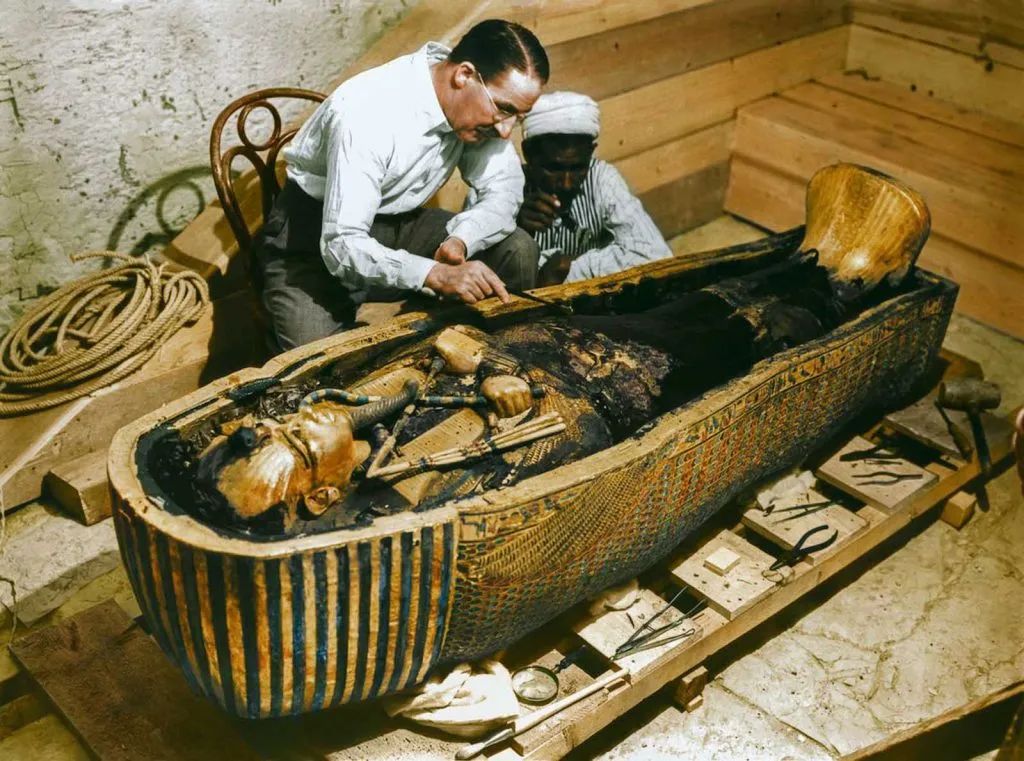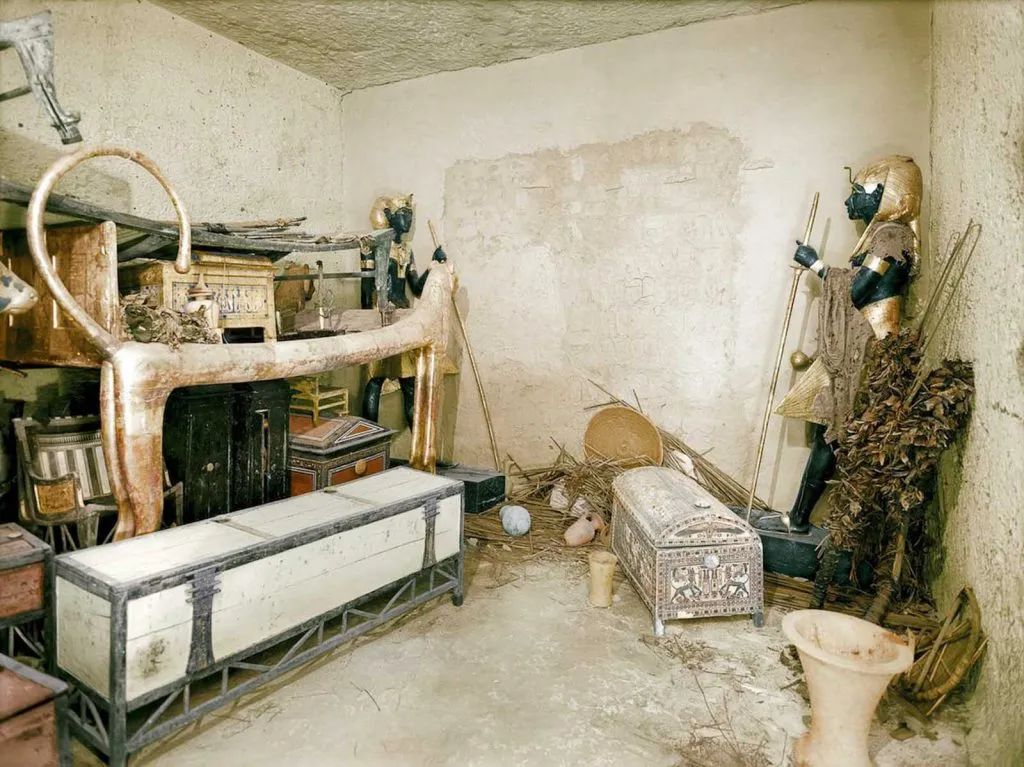When British archaeologist Howard Carter cracked open the tomb of Tutankhamun in 1922, he probably had no idea that he was about to create one of the biggest archaeological sensations of all time. The discovery of this teenage pharaoh’s nearly intact burial site sent shockwaves through the world, fueling what historians now call the “Egyptomania” craze of the 20th century. But who was Tutankhamun, and why did his story capture the world’s imagination?

A Young King Caught in Religious Turmoil
Tutankhamun was born around 1344 BCE during one of the most controversial periods in ancient Egyptian history. His father, Pharaoh Akhenaten, had turned the entire kingdom upside down by replacing Egypt’s traditional polytheistic religion with the worship of a single deity—the sun god Aten. This religious revolution didn’t sit well with many Egyptians, particularly the powerful priests of Amun, who had long dominated Egypt’s spiritual and political landscape.
When Tutankhamun ascended the throne at just nine years old, he inherited a kingdom in chaos. Under the guidance of his advisors, the young pharaoh reversed his father’s radical changes, restoring the old gods, re-establishing Thebes as the capital, and changing his name from Tutankhaten (“Living Image of Aten”) to Tutankhamun (“Living Image of Amun”). These moves helped stabilize Egypt but did not secure his own legacy—his reign was short-lived, and history seemed determined to forget him.

The Mystery of His Death
Tutankhamun died unexpectedly around the age of 18 or 19, and the cause of his death remains one of archaeology’s biggest mysteries. Some theories suggest he succumbed to an infected leg wound, possibly sustained in a hunting accident, while others propose genetic diseases caused by generations of royal inbreeding. His hurried mummification and missing heart only add to the intrigue, leading some to speculate he was the victim of foul play.
The Discovery That Changed Everything
Before Carter’s historic find, Tutankhamun was a little-known figure, barely mentioned in Egyptian records. Unlike grander tombs that had been looted centuries ago, Tutankhamun’s relatively modest burial chamber had remained mostly untouched for over 3,000 years. When Carter and his patron, Lord Carnarvon, entered the tomb, they found over 5,000 artifacts, including golden statues, jewelry, weapons, and an elaborate golden coffin that housed the young king’s mummy.
The sheer opulence of the treasures—particularly the famous golden death mask—captivated the world. Newspapers spread rumors of a “pharaoh’s curse” when Lord Carnarvon died mysteriously shortly after the discovery. While the curse was likely a media invention, it only added to the mystique surrounding Tutankhamun.
The Pharaoh Who Became an Icon
Despite being a relatively unimportant ruler in his time, Tutankhamun has become the most famous pharaoh in history. His face is now the global symbol of ancient Egypt, gracing museum exhibits, books, and pop culture references worldwide. Ironically, he was meant to be forgotten—later rulers tried to erase him from history—but thanks to Carter’s discovery, he will forever be remembered as the boy king who defined Egyptomania.
From a forgotten tomb to worldwide fame, Tutankhamun’s story proves that sometimes, history’s biggest legends are the ones nobody saw coming.

No comments yet.